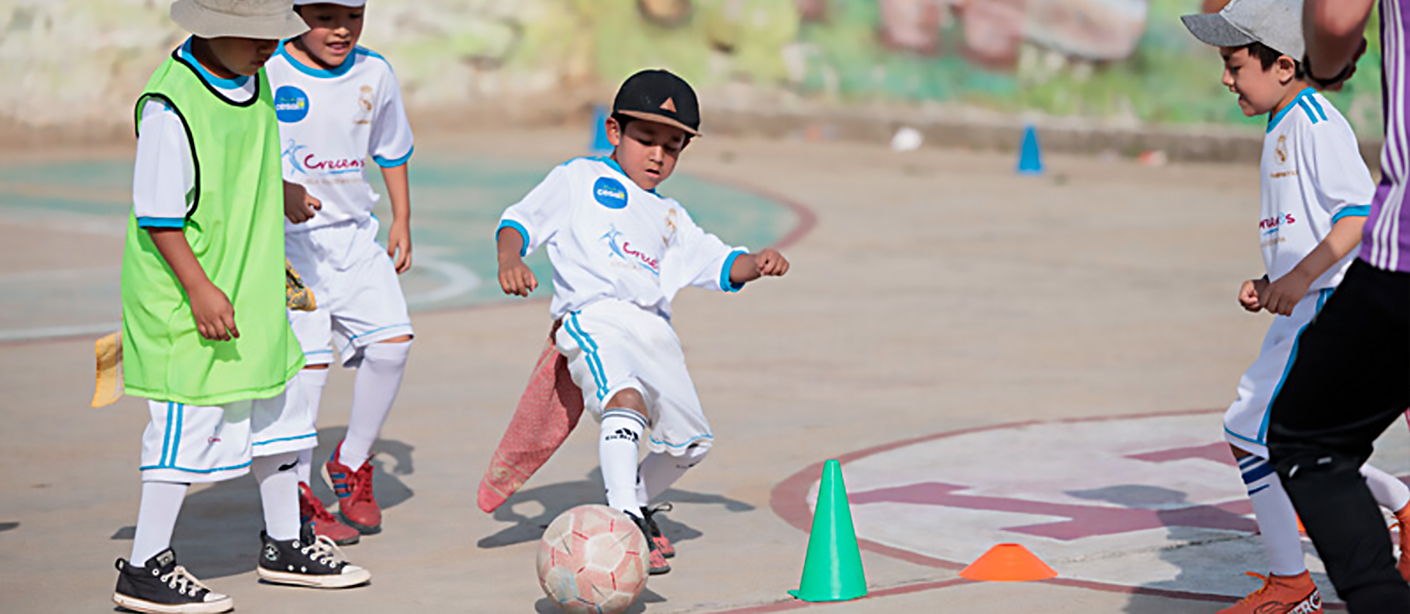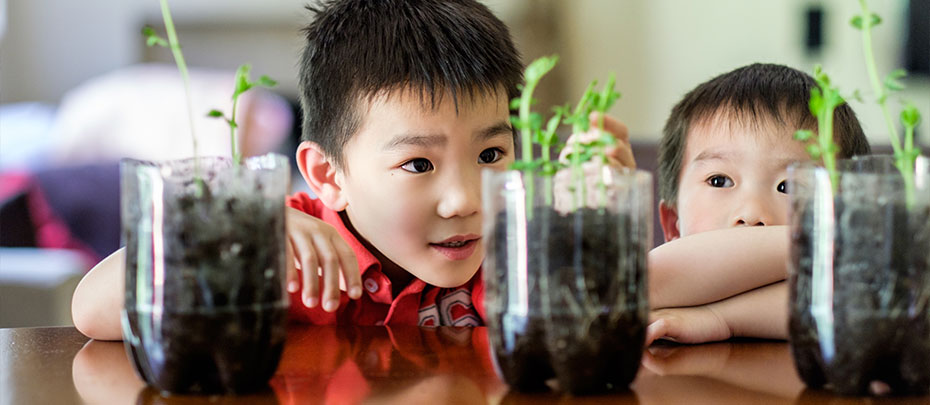If you're concerned about your child's growth, be sure to speak to your pediatrician for additional guidance or if you need general nutrition tips, consult the Feeding Expert line from Abbott.
Smart Snacking
So, how do snacks fit into the picture? According to recent National Health And Nutrition Examination survey data, snacks today can make up about 30 percent of U.S. children's daily calories, and many of those snacks are often from low-nutrient snacks, desserts and candy.2 But with a little planning you can make sure your child is reaching for smart, nutritious snacks.
A snack should be nutritious and substantial enough to keep your child full between meals, but not so large or high in calories that it interferes with mealtime appetite — ideally between 100 and 200 calories with 5 to 10 grams of protein.
For healthy inspiration, try these tasty, protein-packed snacks for kids.
1. Microwave Quesadillas
For a kid-pleasing protein-packed snack, mash 2 tablespoons of black beans and spread on half of a 6-inch flour tortilla. Top with 2 tablespoons shredded cheddar cheese, fold tortilla in half to make a half-circle, and microwave for 30 to 45 seconds or until cheese melts.
6 grams protein, 140 calories
2. Turkey-Cheese Pinwheels
Deli meat like sliced turkey breast offers a simple but tasty snack option with quality protein. For an extra protein boost, serve it with a slice of cheese in a turkey pinwheel. Simply top a slice of deli turkey with your child's favorite cheese, roll and slice into bite-sized pinwheels.
8 grams protein, 95 calories
3. A Protein-Rich Drink
A protein drink is a simple — and delicious — way to boost your child's daily protein intake – especially on-the-go or in a lunch box. Just one eight-fluid ounce bottle of PediaSure™SideKicks® delivers 10 grams of high-quality protein plus 25 growth-supporting vitamins and minerals. It also comes in three kid-approved flavors: chocolate, vanilla and strawberry.
10 grams protein, 180 calories




Social Share